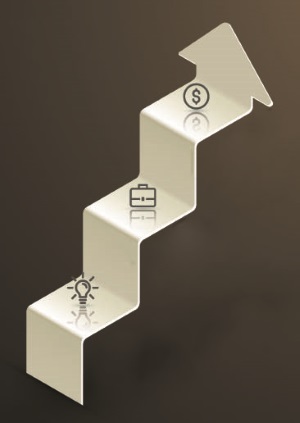Choosing your creative highway
It is obvious that for everyone, steps in the journey to creativity might not be the same. Some people think they would much rather shoot in the dark than contemplate a process; but for others, the systematic procedure is what brings out the best ideas and the most creative thoughts.

The creative process is often mistaken for being something set in stone for a particular individual. It is wrongly believed that a person who once had an absolutely brilliant idea while sitting down to his morning coffee and toast, will always have to be a slave to the ‘moment’; i.e., he will only get an idea when he is least looking for it, least expecting it. On the other hand, people who schedule brain-storming meetings, who read up on the area they wish to have ideas in, often find themselves apprehensive of schemes that pop into their heads without help.
English, social psychologist Graham Wallas, in 1926, at the age of 68, came up with a total of five stages that he thought every person went through, whether consciously or unconsciously, during the creative process. He described his own observations and the finding of famous inventors and intellectuals as the foundation behind these stages.
The creative process is a winding, twisting road that leads to a far off—or near, depending on the person—destination that you can sometimes see and sometimes can’t. It is very difficult to describe in hard and fast terms.
According to Wallas and other students of creativity, the five steps involved in the process are as follows:





